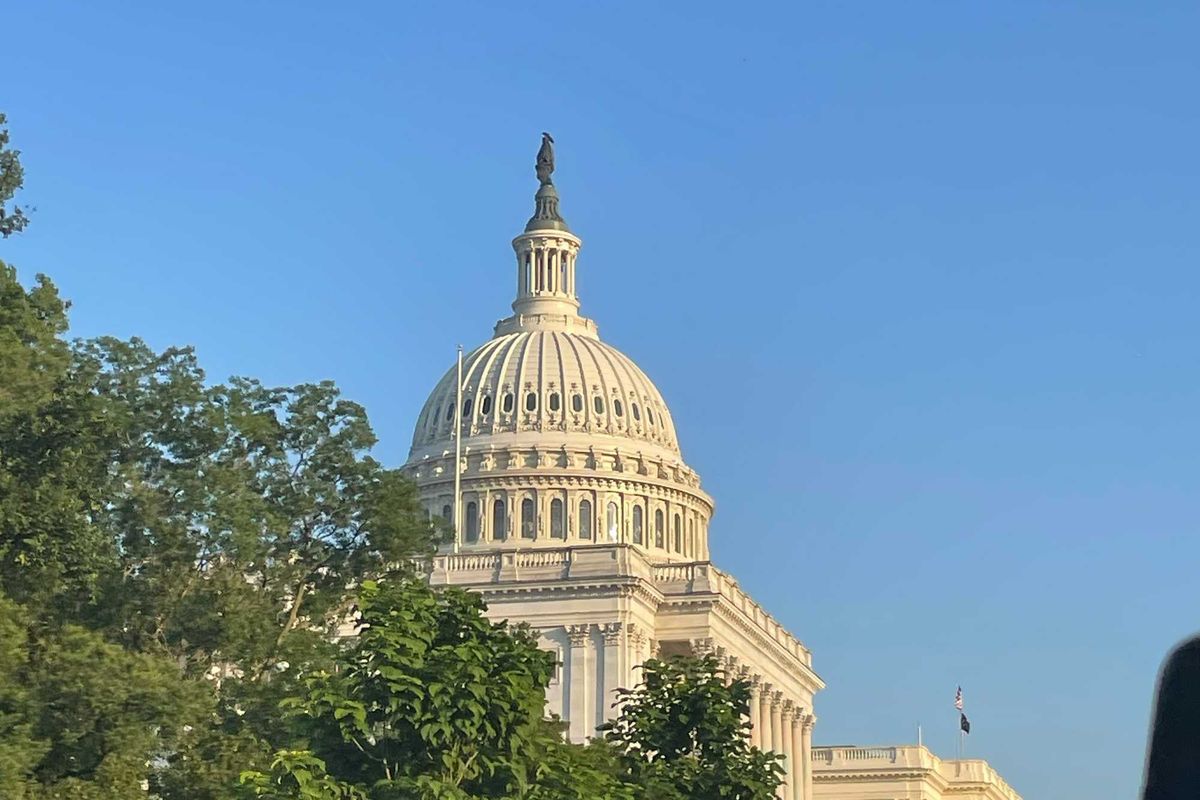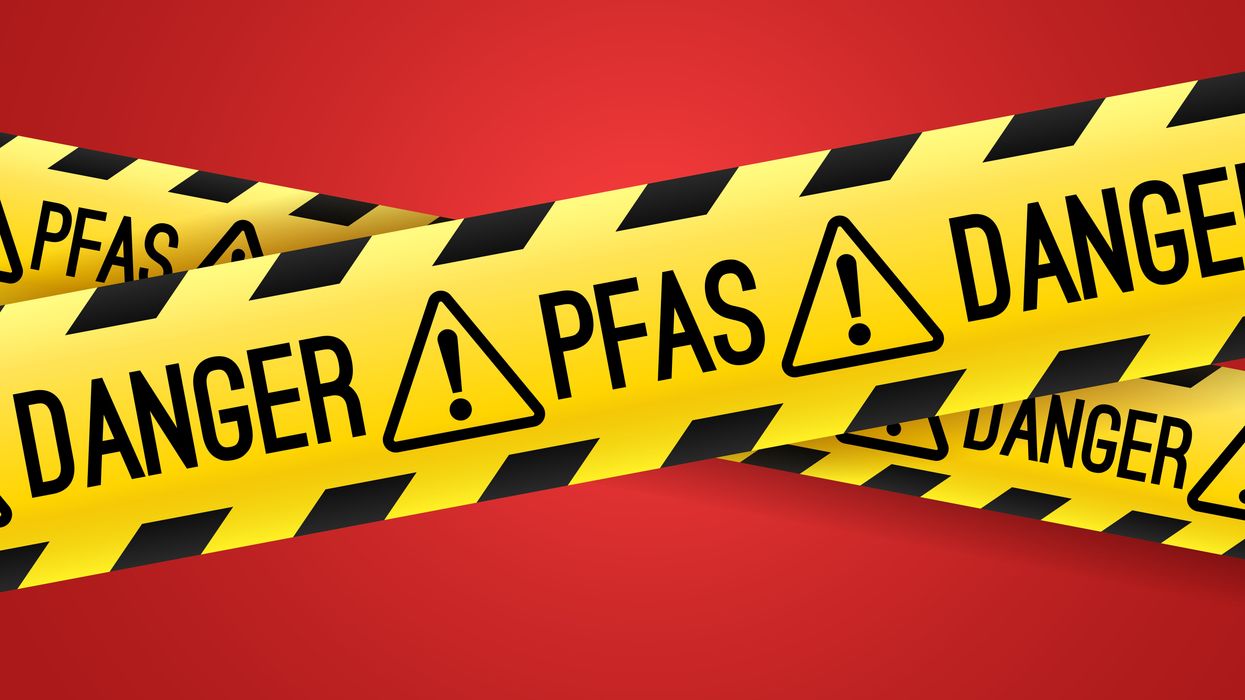Sharp is chief financial officer at Environmental Litigation Group, P.C., a law firm based in Birmingham, Ala., that assists individuals and communities injured by toxic exposure.
The predominantly Hispanic populations in Rosemont, Schiller Park and Bensenville, near Chicago, have long been exposed to toxic chemicals known as PFAS originating from the neighboring O'Hare Air Reserve Station, which was closed in 1999. The phenomenon of environmental racism is not new to Chicago. Sites and facilities hazardous to the environment and human health have been placed near communities predominantly populated by Hispanic and Black people in the city for years.
Environmental racism and injustice have a long history in the United States, and it stems from racial inequalities, discriminatory land-use policies, and spatial segregation. Polluting industrial sites, landfills, highways, airports, and military facilities are commonly established in the proximity of communities of color. A report published by Princeton University states that although African Americans make up 13,6 percent of the U.S. population, they are 75 percent more likely than white people to live in areas near facilities that produce noise, odor and traffic, and 68 percent live near coal-fired power plants. Another study has shown that African American and Hispanic communities have twice as many oil and gas wells in their neighborhoods than white communities.
Contamination of the environment and ecosystems with per- and polyfluoroalkyl substances (PFAS), affecting more than 90 percent of Americans, has been declared a national crisis. However, PFAS exposure in communities of color is not well examined yet, and it is something we need to acknowledge and know more about.
In May 2023, Harvard University's School of Public Health published a groundbreaking study that focused on drinking water contamination by PFAS in certain communities of color. The researchers looked at the connection between the level of contamination and the proximity of PFAS pollution sites to the watersheds serving such communities. The scientists concluded that communities with higher rates of Black and Hispanic individuals are more likely to be exposed to higher levels of PFAS — between 10 percent and 108 percent, depending on the type of PFAS — than other communities.
PFAS and Hispanic communities of Chicago
PFAS are thousands of synthetic chemicals used in a wide range of products since the 1950s, such as firefighting foam, food packaging, heat-resistant and non-stick household products, water-repellent clothing, cosmetics and many more. They make their way into the soil, air, ground- and surface water. The highest levels of PFAS are found in drinking water sources.
One of the main issues with PFAS is that they are extraordinarily persistent and resistant. With time, they build up in the bodies of people who are regularly exposed to PFAS, primarily through drinking water, and cause adverse health conditions. The two most widespread types of PFAS — known as PFOA and PFOS — are carcinogenic and have been linked to breast, ovarian, prostate, thyroid, and kidney cancers.
The Environmental Protection Agency introduced its first-ever recommendation for the maximum contamination levels of the various types of PFAS in drinking water in March 2023. For PFOA and PFOS, the EPA established four parts per trillion, meaning there is no safe exposure level for these chemicals.
Rosemont, Schiller Park, and Bensenville villages are near Chicago's most prominent PFAS hot spot, O’Hare International Airport. In 2020, the PFOA and PFOS detected in the airport were 13,800 ppt from the extensive use of the PFAS-based firefighting foam, used since the 1960s to suppress fuel fires. PFAS originating from military installations contaminate private and public drinking water sources of communities living in their proximity, as in this case. In 2022, 45.8 percent of the people in Rosemont were Hispanic. In Schiller Park, the estimated percentage of the Hispanic population in 2023 was 32,6 percent, while in Bensenville, it was 47 percent. These numbers clearly show how environmental racism and PFAS contamination go hand in hand in the villages in question.
The PFAS problem adds to the long list of environmental injustices Chicago’s communities of color, who make up 67,3 percnet of the city’s residents, endure. The southeast and west sides of the city, where most people of color live, are the so-called “ sacrifice zones." In those areas, polluted air and water, illegal dumping and inappropriate storage of hazardous waste put people's health and well-being at a higher risk, with more people having cancer, asthma, respiratory issues and cardiovascular diseases than in the "white neighborhoods."
Chicago’s vulnerable communities need protection against PFAS
Communities of color exposed to life-threatening PFAS are more likely to develop severe illnesses, even if PFAS pollution affects them to a similar extent as it does other groups. This is because they often have less access to medical care or safer drinking water alternatives, and their voices are often neglected.
The Environmental Justice Act of Illinois acknowledges that some segments of the population disproportionately suffer from environmental hazards because the state permitted some facilities to pollute. Acknowledgment is a critical first step, but meaningful policy change and action are urgently needed. Decades of irresponsible and unjust PFAS use threaten the health of already disadvantaged Hispanic communities around Chicago, and we still do not know enough about the level and dangers of it.
Environmental justice organizations based in Chicago have been successfully fighting against environmental racism. The PFAS contamination problem should be added to their agenda. More and more people are joining multidistrict lawsuits against manufacturers responsible for PFAS pollution, hoping to receive some financial support and relief from their suffering. This confirms how impairing exposure to these chemicals is.



















